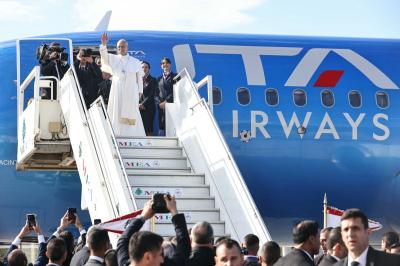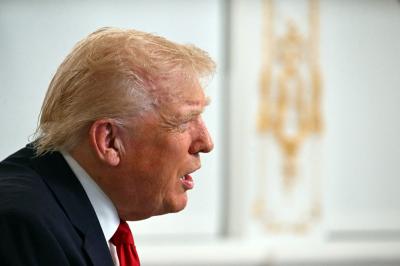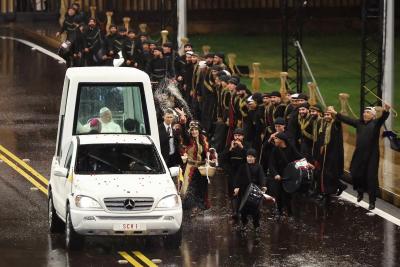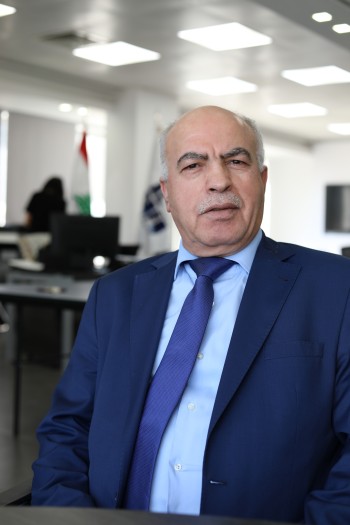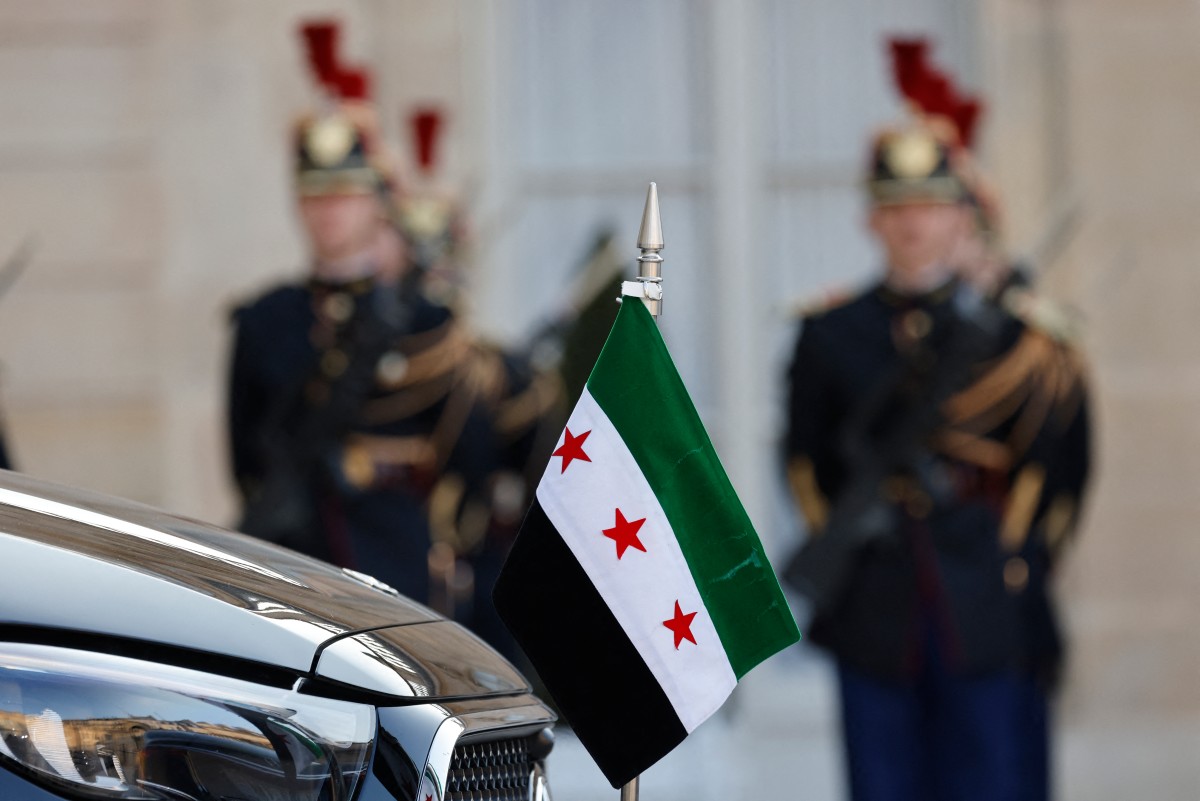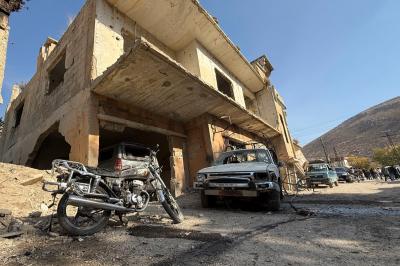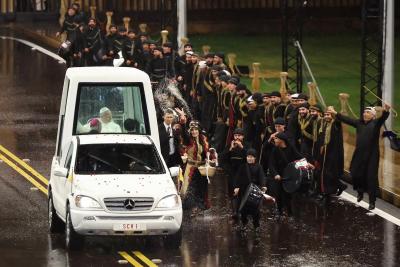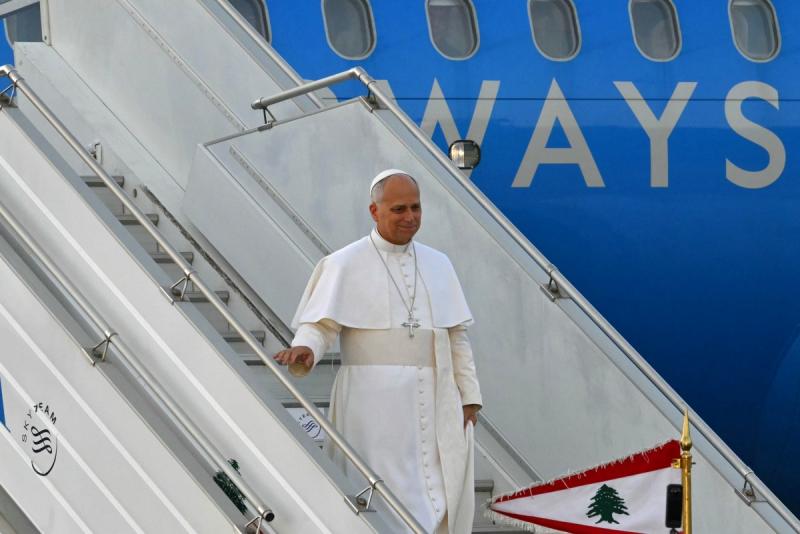Lebanon and Syria appear to be heading toward a new phase in their bilateral relations—one that differs sharply from the era of Syrian "guardianship" that dominated Lebanon for decades. With Ahmad Al-Sharaa now leading Syria’s transitional period, both countries are laying the groundwork for a relationship based on mutual sovereignty and equality rather than hegemony.
Statements from officials on both sides repeatedly emphasize these principles. Al-Sharaa has gone on record saying Syria “will not interfere negatively in Lebanon.” This comes at a time when the old frameworks governing Lebanese-Syrian ties have been dismantled. Institutions such as the "Higher Lebanese-Syrian Council" and the "Coordination and Follow-up Committee," both of which stemmed from the 1991 Treaty of Brotherhood, Cooperation, and Coordination signed by the late Presidents Hafez al-Assad and Elias Hrawi, have been dissolved. Many view these structures as instruments of Syria’s former domination over Lebanon.
Recent diplomatic exchanges, including Prime Minister Nawaf Salam's visit to Damascus, accompanied by several cabinet ministers, focused on practical matters like border control and curbing the smuggling of weapons and drugs. These meetings have not shown any direct attempt by Syria to impose its political will.
In this emerging phase, Saudi Arabia plays a key oversight role. It hosted a recent meeting between the defense ministers of both countries and has been actively mediating through Prince Yazid bin Farhan, Riyadh’s envoy on Lebanese affairs. His visits to Beirut and Damascus have aimed to ensure that Syrian-Lebanese relations respect international resolutions, particularly UNSC Resolutions 1701 and 1559.
Meanwhile, France has re-engaged in the Syrian file, reportedly with American approval. Al-Sharaa was recently welcomed at the Élysée Palace, where French officials reaffirmed their conditional support for Syria’s stability. Conditions include demarcating its borders with Lebanon and ensuring that neither country becomes a threat to the other. Observers saw this French stance as a clear check against any future Syrian overreach into Lebanon.
Following President Emmanuel Macron’s meeting with Lebanese President Joseph Aoun, France handed Lebanon a set of historical border maps dating back to the French Mandate, to aid in the long-stalled demarcation of the Lebanese-Syrian border, from the Shebaa Farms in the south to the Akkar region in the north. The border file remains unresolved, along with the issue of Syrian refugees in Lebanon. Al-Sharaa has implicitly linked the refugee return to the restitution of Syrian depositors’ funds frozen in Lebanese banks.
While these lingering issues could stir tension, there has been no explicit move so far to reimpose guardianship. Still, some Lebanese circles are voicing concern over a creeping economic dependency, especially given Lebanon's need to import electricity via Syria—a channel that could become a form of economic leverage, despite Al-Sharaa's assurances that cooperation would be "legally regulated."
Syria’s apparent pivot away from Iran and toward regional integration might also reduce the likelihood of renewed control over Lebanon. Al-Sharaa’s earlier remark that “Iran brought only weapons and war to the region” suggests Damascus is recalibrating its alliances.
While there’s little evidence of a return to Syria’s traditional form of guardianship, the reality remains complex. The evolving relationship may be shaped by shared interests and international pressure to secure the border and restore regional stability. Still, ongoing challenges such as the refugee crisis and border security continue to raise fears of renewed Syrian influence, even if not absolute domination.
A prominent Arab figure was quoted as telling a U.S. official: “We’re not interested in Lebanon. It’s a headache. The Lebanese are used to being under guardianship. Better to put Lebanon back under Syrian control.”
Prime Minister Salam’s recent visit to Damascus, and his meeting with Al-Sharaa, were intended to shape a new framework for relations between the two countries. But the outcomes were inconclusive, leaving the path forward open to multiple scenarios.
Here are some of the key takeaways from their exchange:
- Syria rejects unilateral border demarcation with Lebanon, insisting it will handle demarcation comprehensively with all neighboring states: Lebanon, Cyprus, Turkey, Iraq, and Jordan.
- The return of Syrian refugees is tied to Syria’s economic recovery and the lifting of U.S. sanctions under the Caesar Act. For now, the priority lies in resolving internal displacement within Syria.
- While Syria remains committed to past bilateral agreements with Lebanon, updating or reactivating them is not currently a priority.
- Damascus is interested in tightening border control with Lebanon and has obligations related to one of its neighboring states—namely, Israel.
Regarding Syrian detainees in Lebanon, no agreement was reached. However, Al-Sharaa expressed concern over members of the former Syrian regime who fled to Lebanon and demanded their extradition. In turn, Prime Minister Salam called for the handover of those responsible for the assassinations of Kamal Jumblatt and Bashir Gemayel.
Sources close to the matter believe that certain Western actors are quietly backing a renewed Syrian role in Lebanon as a way to curb Hezbollah’s influence. Meanwhile, events in places like Jaramana and Sahnaya hint at Israeli efforts to court Syrian minorities, potentially reshaping Syria’s internal map and stoking fears of fragmentation.
In the end, while the shadow of past guardianship looms large, today’s regional dynamics—and the ambitions of Syria’s new leadership—point toward a more balanced, albeit still fragile, relationship between the two neighbors.
Please post your comments on:
[email protected]
 Politics
Politics
